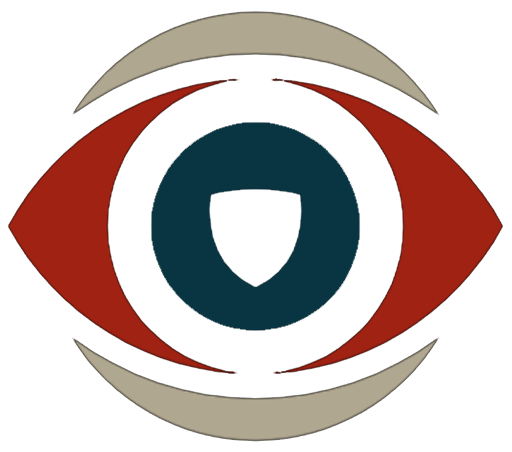Editors note:
This article was originally published in 2022, The core physics are the same, but technology has evolved. after reading this article we also recommend that you look into some of our recent coverage on Dahua Wizcolor and how non-visible light technologies can help.
Night vision tech has exploded in recent years, making color night vision and infrared security cameras accessible even in entry-level models. But before you jump in and buy, it’s crucial to understand the tech that powers these low-light wonders. Knowing the ins and outs of low-lux and night vision recording methods will ensure you pick the perfect camera for your needs.
What exactly is a night vision security camera?
Think of low-lux surveillance as the ability to capture decent images in dim conditions, all without extra lights. It’s a team effort: sensors, image processors (ISP/DSP), lenses, and camera settings all play a part in how well a camera performs in low light and at night. Let’s dive into the technologies that give security cameras color night vision or infrared capabilities.
Low Light Mode
These cameras, boasting a “low light, high-sensing mode” (also known as “low light, full-color mode”), rely on Super HAD, Ex-view/EXTRA-View CCD, or back-illuminated CMOS sensors.
These sensors shine in low light, offering good visibility and sensitivity to near-infrared light. Cameras using this tech handle various weather conditions well and function as day/night cameras, capturing color images whether it’s daytime or dimly lit. Generally, low lux can reach 0.1 lux in color mode and 0.01 lux in black/white mode. While near-IR illuminators can assist in 0 lux conditions, they’re usually not listed in the color-mode specifications.
Many of these cameras use Ex-view-HAD tech, performing in conditions as low as 0.01 to 0.001 lux. They capture clear images and limit noise in color images taken in low light, without needing to slow shutter speeds or widen the iris. This makes them true contenders for low-lux surveillance.
Cameras with Day/Night Mode
Day/night cameras use a clever mechanical switch to shift between modes. They’re often labeled as 0.1 lux in color and 0.01 to 0.001 lux with IR in black/white. It’s worth noting that “0 lux” is a bit of a technicality here, so it doesn’t require special explanation for low light nighttime use. These cameras use near-IR light to produce black and white images when the light dips below a certain level. The camera then switches to IR cut or black/white mode, sensing the lower IR levels through the IR filter, converting the images from color to black and white.
However, removing the IR-cut filter shifts the image’s focus. That’s why IR lenses are commonly used to maintain focus and accurate colors, ensuring consistency between day and night images. The downside? IR lenses are pricier, potentially increasing costs for the end user, making them less ideal for budget-conscious low-lux applications.
IR Illumination
This method uses an IR illuminator to brighten up the surveillance area. Besides day/night cameras, IR cameras are excellent for low-lux environments. The IR illuminator can be an add-on or integrated into the camera housing. Since CCD and CMOS sensors are incredibly light-sensitive and capture most visible light and the IR spectrum, IR illuminators enhance nighttime images, allowing the image sensors to capture sharper details.
Images are also clearer in the dark because light sensitivity is higher in black/white mode than in color mode.
IR illumination makes surveillance possible even in 0 lux conditions. Its automatic light detection feature works with both black/white and day/night cameras, boosting low-lux and night vision surveillance capabilities.
Digital Slow Shutter
Another approach to low-light recording is slowing down the camera’s electronic shutter speed, extending the sensor’s exposure to light for brighter images. Also known as frame-accumulation mode, it uses digital slow shutter (DSS) tech to electronically “accumulate” frames captured in dim lighting to create a clearer image. For example, an aperture setting of f1.2 to 1.4 can capture enough frames in low light to reach 0.001 lux. For some, this is a simple and reliable way to achieve results in low light. However, images may appear blurred or lagged. DSS is best suited for fixed cameras in low-light environments with minimal movement and where using IR or auxiliary lights isn’t an option.
IR and low lux camera (1-2): Rules for selecting IR and low lux products
How to choose the best night vision security camera for your needs

